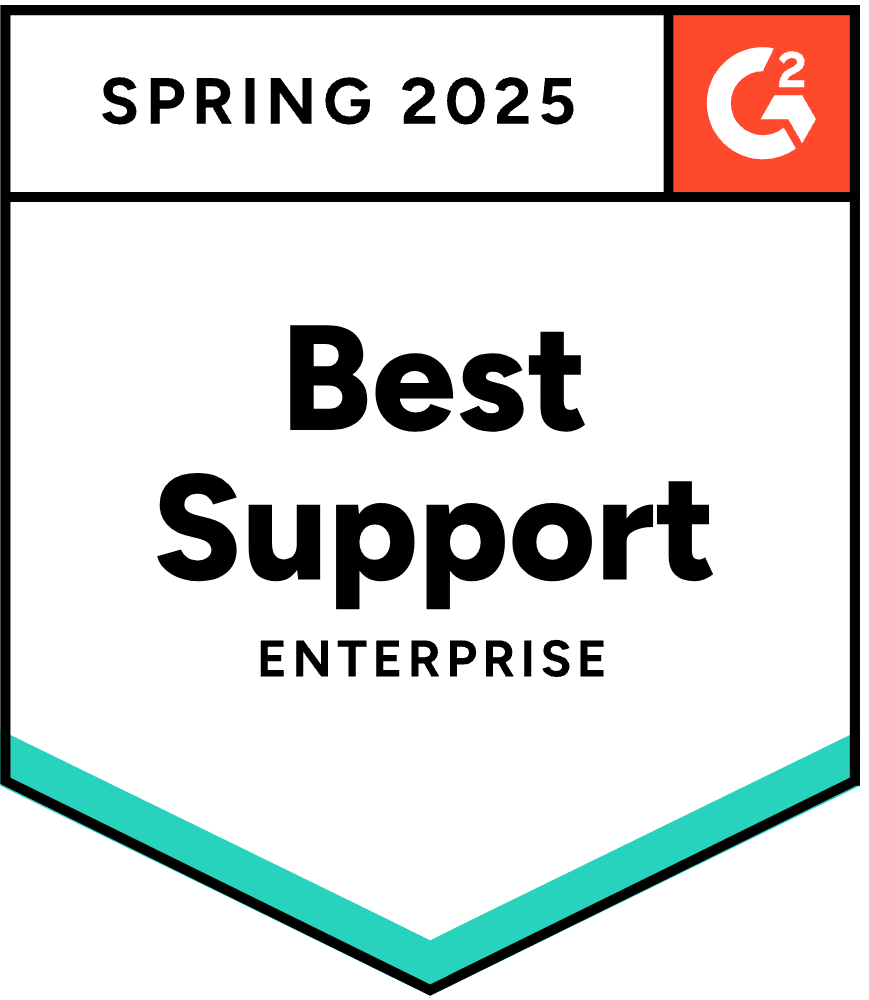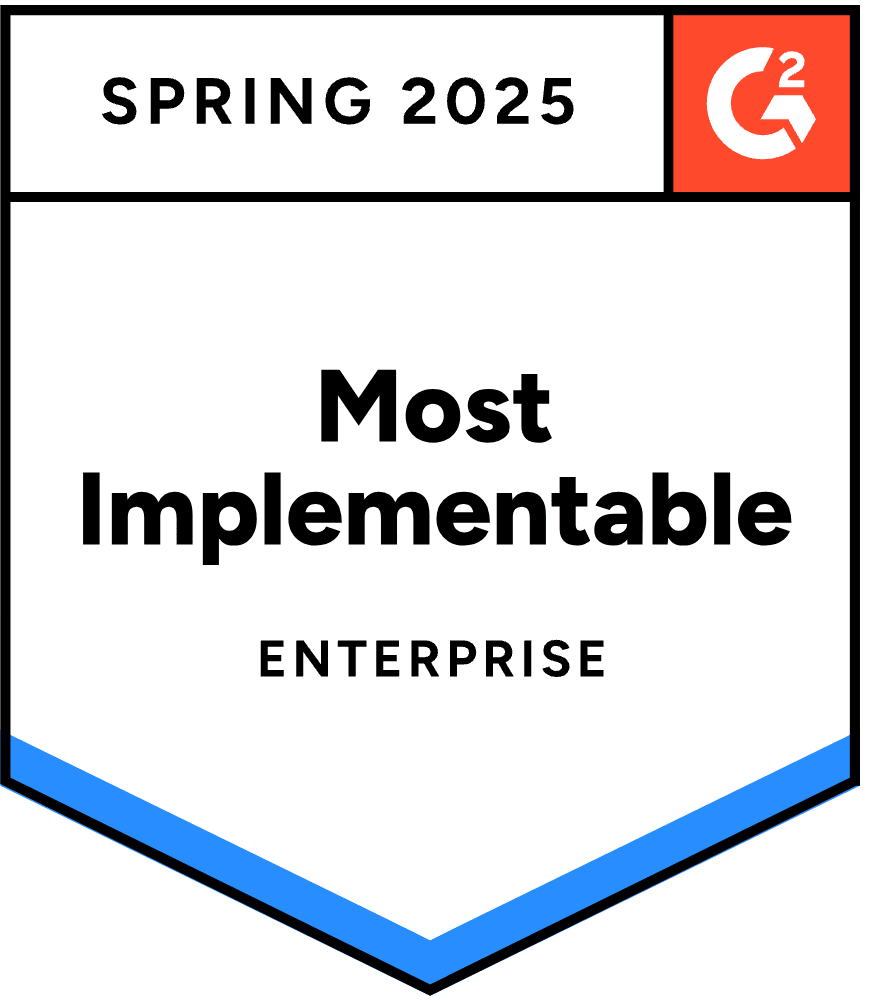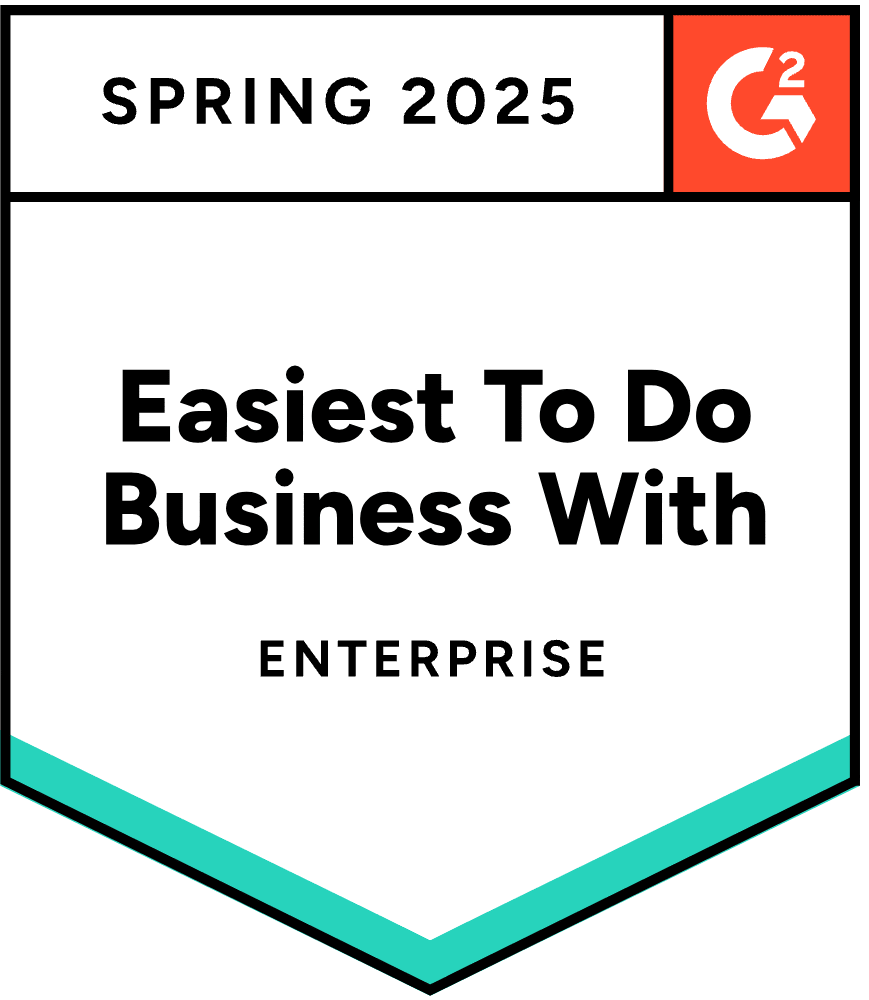LEARN Recap: Proven Tactics for Exceptional Leadership
Emily Homrok | WorkRamp Contributor
View bioLearning Tips Straight to Your Inbox
Without skilled and insightful leadership, teams can’t reach their full potential—and neither can the organizations they’re part of.
To optimize performance and maximize growth, businesses need influential leaders who inspire team members and leverage employees’ strengths and talents effectively.
So, how should organizations approach the challenge of improving leadership performance? According to Celine Grey, Director of Sales Enablement, Normative, one of the best strategies to create high-performing leaders—and equally high-performing teams—is to foster a culture of trust and openness throughout the organization.
During our first global virtual event, WorkRamp LEARN Europe, Celine shared her insights on building better leaders, creating an environment where employees can raise concerns, using the right tools for leadership development, and more.
Explore some of the highlights below, or watch the on-demand video here.
In this post:
Why building better leaders and teams begins with a culture of trust
If your goal is to strengthen your organization’s leadership, it’s critical to start with a solid foundation. In his book, The Five Dysfunctions of a Team, author Patrick Lencioni envisions leadership structures as pyramids—and the base of that pyramid is trust. When trust is absent from organizations, warns Celine, there are cascading negative consequences.
“People are not going to ask for help; they’re going to conceal information, and they’re not going to share,” she says. “They’re going to avoid talking about certain topics, so they’re going to avoid each other.”
That undermines teamwork and prevents collaboration, which stifles innovation and leads to disorganization as communication breaks down.
To avoid these types of outcomes, leaders need to build a sense of trust and transparency.
“You need to create a safe environment for people to be able to speak up and voice issues or [give] praise,” says Celine. In that type of environment, employees can “help each other, ask for help, [and] reach out to different people in the organization.” That means leaders can leverage everyone’s strengths—not just those of a handful of team members. In addition, that safe environment enables you to really have critical conversations, making it easier to acknowledge and solve problems effectively.
“On the flip side,” she says, “if you don’t have trust and enable critical conversation, people are not really going to commit. They may say they commit, but effectively, you will have artificial harmony.”
How can leaders create a culture of trust within an organization?
There are many strategies organizations can use to build a culture of trust—so what are a few of the simplest and most effective?
Celine highlights two tactics that might surprise you: vulnerability and going last.
Practice vulnerability
Sometimes, says Celine, leaders try to be “superhuman” and focus too heavily on projecting strength to their teams. But while strength is unquestionably an asset for leaders, the more effective way to build trust is for leaders to show their vulnerable side.
By being vulnerable, Celine explains, leaders create a work environment of openness and transparency—in other words, an environment where team members can communicate honestly and express themselves freely.
“The first thing we ask leaders to do,” Celine says, describing Normative’s process, “is to be vulnerable with our team. We have some very simple exercises that we do.”
For example, one of the exercises involves asking employees to rate how they feel that day during company meetings. The leader begins with a moderate self-rating, which eliminates pressure on team members to falsely inflate their own ratings or try to create artificial harmony.
“We say, on a scale of 0 to 10, how do you feel today? And the leader will start with something around five or six.” Why? “If the leaders start the exercise and [say], ‘I’m a 10 today, I’m amazing,’ there’s no chance anybody else will feel anything less than an eight, right?”
By taking seemingly small actions like these, leaders can create a workplace where diverse opinions and perspectives are welcome.
Let your team members speak first
Creating an open environment is only the first stage of becoming a better leader and getting better performance from your teams. Next, says Celine, you need to step back and let your team talk—before you express your own opinion.
“When you’re presenting an issue… you go absolutely last in positioning your opinion or some of the ways forward,” she says. “Otherwise, you’ll get absolute silence; nobody will go against the leader.”
That unwillingness to speak diminishes engagement and makes it harder to have a sense of control or ownership over projects. To avoid it, organizations need to actively create an environment where employees feel comfortable dissenting.
Celine sums it up with two key phrases:
“Leaders go first in terms of trust and vulnerability. Leaders go last in terms of critical conversation.”
Read more: Creating a Winning Workplace Culture
How to train and develop high-performing leaders and teams
First and foremost, says Celine, it’s essential to get buy-in and support from C-level executives—otherwise, she warns, “all your efforts are going to get undone.”
Once that crucial support has been established, the next step is running a sales leadership capability analysis—a process that, for Celine and Normative, involves looking at leaders and what skill gaps they need to close.
They focus on three points:
- The skills and competencies a leader needs. Some examples could include coaching, interviewing candidates, delivering feedback, or managing employees’ performance.
- How successfully that leader is executing tasks and projects. “If you know what to do and you’re not doing it, it’s not going to work,” Celine says. “But equally, if you don’t know what to do and you do loads of it, you’re going to burn out.”
- What tools and processes could be used to help improve efficiency and effectiveness? Organizations should leverage tools and technology that help boost employee engagement and manage educational content for their teams. WorkRamp’s Learning Cloud enables you to create and deliver customized leadership development to sharpen your leaders’ skills and give them the knowledge they need to lead effectively.
This three-pronged approach offers a helpful roadmap for any business or organization looking to improve the quality of its leadership and drive better performance.
If you want to gain real insights, focus on people instead of data
If she could leave business leaders with a few final words of advice, what would Celine recommend?
Become more people-centric.
“Understand data [and] focus on people—not the reverse—because the people are the ones changing your data,” she says. “Too many organizations are so data-driven that they forget that actually, the idea of being data-driven is to get insights.”
In closing, she has one more reminder for businesses:
“You can enable people and lead with vulnerability. Enable trust within your team and critical conversation.””
Train and empower leaders with WorkRamp’s leadership development platform
Exceptional leaders drive exceptional performance—and better performance drives faster growth. To reach your goals as a business, focus on empowering leaders who put their teams first and know how to inspire.
The Learning Cloud makes it easy to design and curate leadership development programs that deliver measurable results for your organization. With ready-to-go content, a mobile-friendly design, and integrations with the most commonly used tools, the Learning Cloud provides a learning center of excellence for all your employee and customer training needs.
From better customer service to more effective marketing to higher profitability, all of it begins by enabling your leadership.
Contact us today to schedule a free, personalized demo.
Complete the form for a custom demo.
Recent Posts
- Top LMS Integrations That Power Smarter, Faster Learning July 2, 2025
- Introducing WorkRamp Analytics Studio: Unlocking Your Data Insights with AI June 30, 2025
- 11 AI LMS for AI-Powered Learning June 27, 2025
- The Best LMS Platforms for Customer Retention (2025 Guide) June 27, 2025
- 11 Best AI Learning Platforms June 16, 2025
Emily Homrok
WorkRamp ContributorYou might also like
Create engaging eLearning content for your teams
eLearning gives organizations the flexibility that other online courses can offer, but creating courses that are engaging and impactful can be harder than you think.
Read More
Learn about the most important employee strengths to cultivate
To drive growth and achieve long-term goals, it’s critical to understand your employees’ strengths and weaknesses.
Read More
Try these strategies to improve employee engagement and performance
Companies with strong cultures see greater employee engagement and increased productivity. Learn to create a culture that promotes growth, helps you retain top talent, and drives results.
Read More
Decrease Ramp Time and Increase Revenue
Get in touch to learn how WorkRamp can help you achieve your learning and development goals.
Request a Demo




